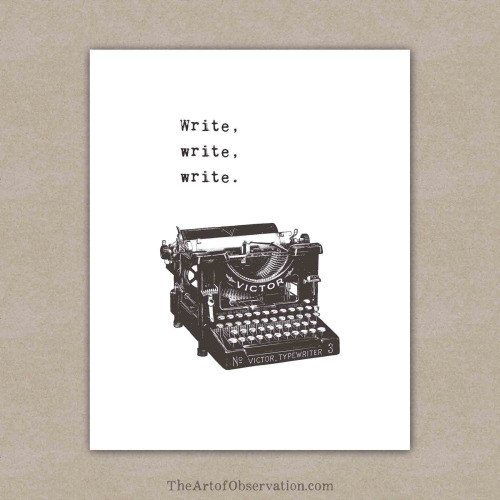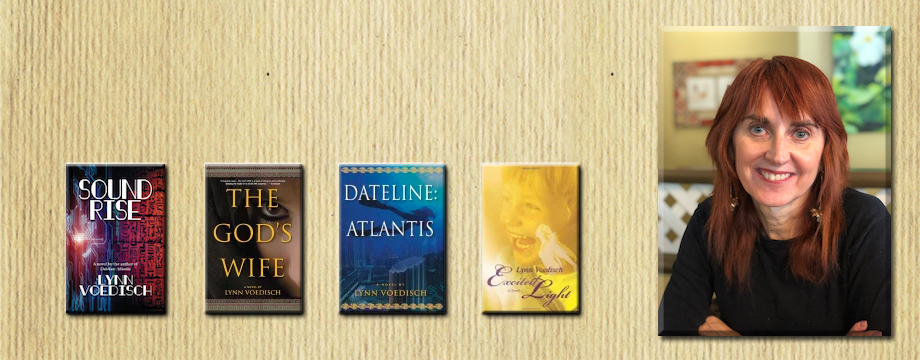
Creating characters happens in many ways. Some authors choose a friend or acquaintance at random and then embellish or exaggerate their attributes. Other writers imagine someone they’ve always wanted to know—or be in love with–and away they go with the character of their dreams.
In a book I recently read, a literary mystery by Randall Silvis named Two Days Gone, the writer offers up a successful novelist and teacher, I can’t quote the entire section, but there are some fascinating bits in the professor’s words to his students about creating characters. First he tells them to watch people, listen to them, and watch fo rthe gestures that may hint at underlying character traits.
“Next”,’ he writes, “you must learn to translate this observational skill from real people to your characters. You have to come to know you character inside and out, know their history, her childhood, all the traumas and triumphs that made her who she is at the moment the story begins. Only the can you become that character as she takes those choices that will propel the story forward. You, the author, sitting there in your comfortable chair, typing away, must simultaneously be the character…Because only by becoming that character can you know with an authenticity how she will react to those situations. And only then will she be a credible, believable character. Only then will she be real.”
This character writing as a person telling us how to write a character is a weird thing to read, but it does have a lot of wisdom in it . Watching and internalizing quirks you see in people all around you is vital to get away from the same old suburbanite tooling along a nicely manicured suburban highway. Mimickng the way teenagers talk is the best way to put a character on the page who sounds like a true sixteen-year old. But getting inside the character’s head to the point that the character is you, or you are the character seems like bad advice to me. Because then you have a new problem; characters are all the same because they share your thoughts and traumas. Who wants that?
There also is the problem of multiple characters, especially if you have a manuscript where two (or more) characters share the spotlight. With the advice given by the “novelist and writing teacher,’ there would be not much difference between your characters. No conflict.That would lead to a dull read.
I know what Silva is trying to get at. Too many writers are far too lazy in their creations. They will often take a cardboard character, an Indian chief or a bejeweled socialite, toss them into the first draft, and then never try to deepen, or re-mold the character. You simply have to avoid that. Each pass the writer takes with a draft should make the characters more like real people. But like you? No.
I have to admit that this is the first time I ever saw writing advice in the midst of a murder mystery, and Silva does a fine job with creating his novelist character—who might have murdered his entire family, or maybe is the sweet guy he seems to be who’s being framed.
I know there are lists they hand out to beginning writers that ask, what is the character’s favorite ice cream flavor, who is their idol, where could they live if they could chose anywhere. I never took these lists seriously, because all of my characters ended up liking carmel ice cream, loved Jesus, and wanted to live on a tropical island. It’s just boring trivia.
The best way to create character is to create someone you meet by chance in your imagination, learn about them, and by the final draft they will have become your best friend. (And that somewhat includes the antagonist, who should be interesting enough to have reasons for his or her bizarre goals.)
But what could be more boring than reading a book about you?
